GB2GP has two radios that don’t have microphones at the moment so I looked into building a couple of electret gooseneck desk mics from the ARRL handbook. Once I had costed up some parts that weren’t in my junk box this project felt too expensive until I saw PC desk mics on ebay for only £2 each. At that price I bought a couple and they arrived this morning. The external quality looked just fine - so far so good
Next job is to change the flex to some 4 core and add an 8 pin microphone so they can be used with the TS-711 and TS-690S at GB2GP which shouldn’t take long.
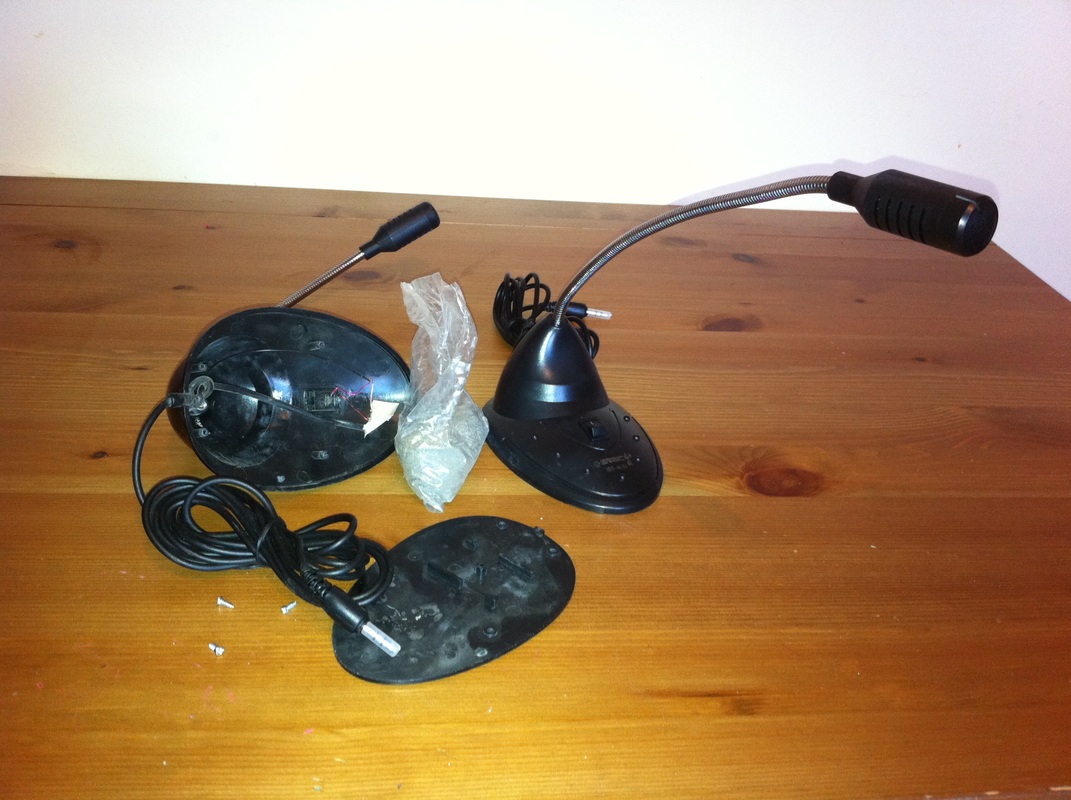
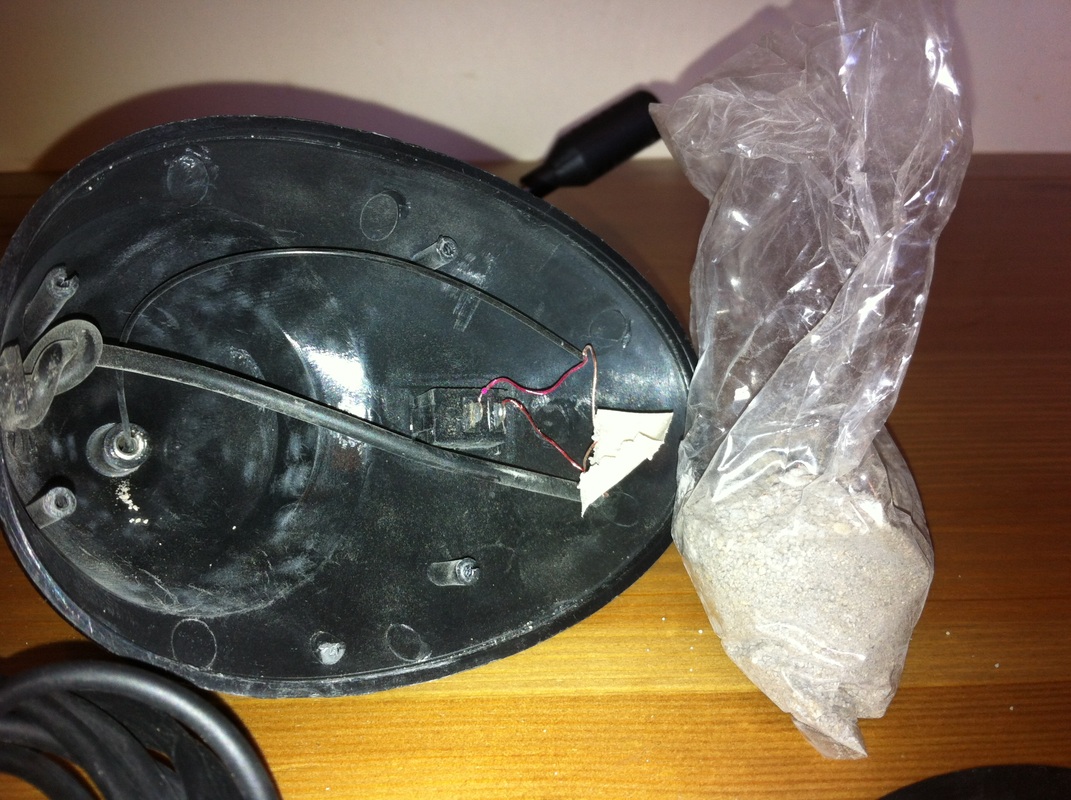
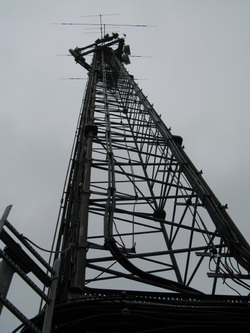
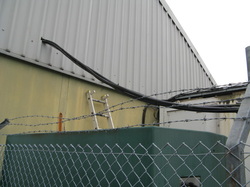
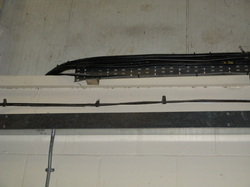
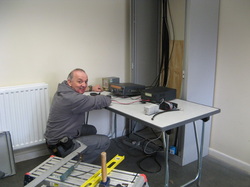
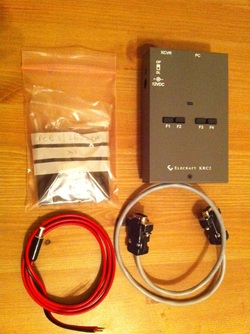
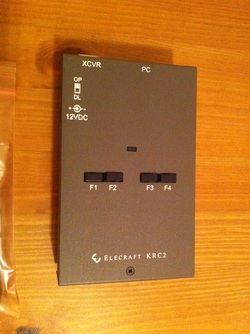
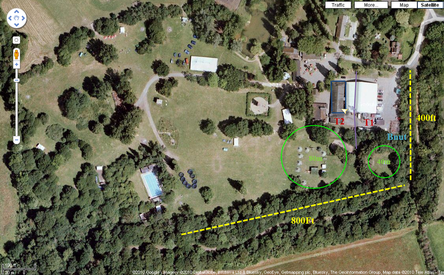
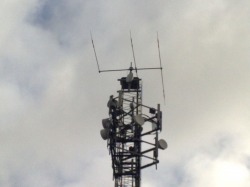
 RSS Feed
RSS Feed
